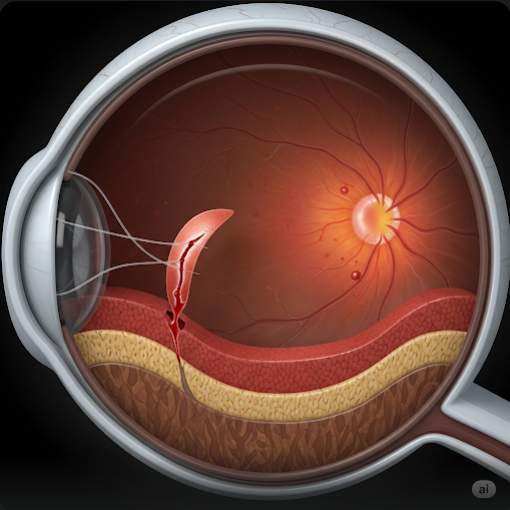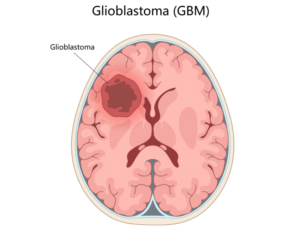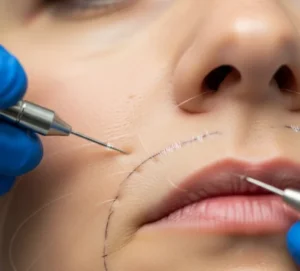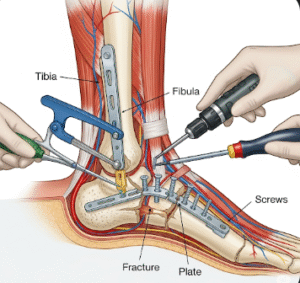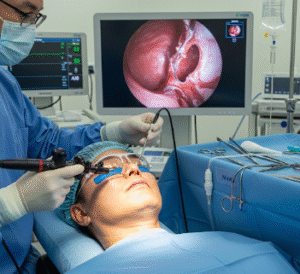Overview
A retinal tear is a serious eye condition where the retina—the light-sensitive tissue at the back of the eye—develops a small break or tear. If left untreated, this tear can lead to retinal detachment, which can cause permanent vision loss. In Korea, highly advanced ophthalmic care is available to promptly diagnose and treat retinal tears, minimizing risks and preserving vision.
What is Retinal Tear?
A retinal tear occurs when the retina’s thin tissue breaks, often due to traction or pulling from the vitreous gel inside the eye. This can create a pathway for fluid to seep under the retina, increasing the risk of detachment. Retinal tears require immediate medical attention to prevent further damage.
Symptoms
- Sudden appearance of floaters in vision
- Flashes of light (photopsia)
- Blurred or distorted vision
- Shadow or curtain effect in peripheral vision
- Sudden onset of decreased vision in severe cases
Causes
- Age-related changes causing vitreous shrinkage and pulling on the retina
- Eye trauma or injury
- High myopia (severe nearsightedness)
- Previous eye surgery or inflammation
- Family history of retinal problems
Risk Factors
- Aging (typically over 50 years old)
- Severe nearsightedness
- History of retinal tears or detachments in either eye
- Eye trauma
- Cataract surgery or other intraocular surgeries
- Diabetes and other systemic diseases affecting the eye
Complications
- Retinal detachment, which can cause permanent vision loss if untreated
- Vision impairment or loss in the affected area
- Formation of scar tissue on the retina
- Secondary glaucoma due to eye damage
Prevention
- Regular comprehensive eye exams, especially for people over 50 or with risk factors
- Prompt evaluation of symptoms such as sudden floaters or flashes
- Protective eyewear to prevent eye injury
- Managing systemic conditions that affect eye health
Treatment Options in Korea
Korea offers highly specialized treatment for retinal tears with modern technology and expert care:
- Diagnostic Imaging: Advanced retinal imaging including OCT and wide-field retinal photography to confirm and assess tears.
- Laser Photocoagulation: The primary treatment for retinal tears, where laser burns create scars that “weld” the retina to the underlying tissue, preventing detachment.
- Cryopexy: A freezing treatment to seal the retina around the tear, used in some cases.
- Surgical Intervention: For complicated tears or if detachment occurs, vitrectomy or scleral buckle surgery is performed by experienced retinal surgeons.
- Follow-Up Care: Careful monitoring after treatment to detect any new tears or complications early.

